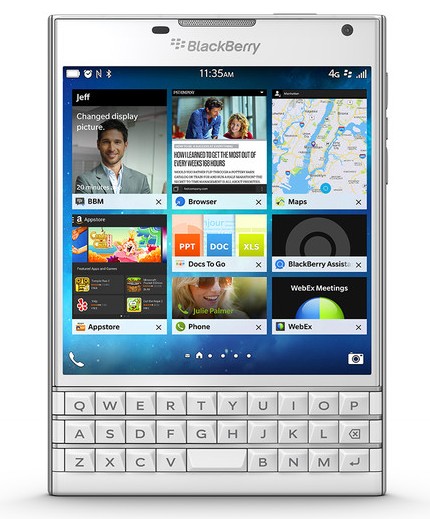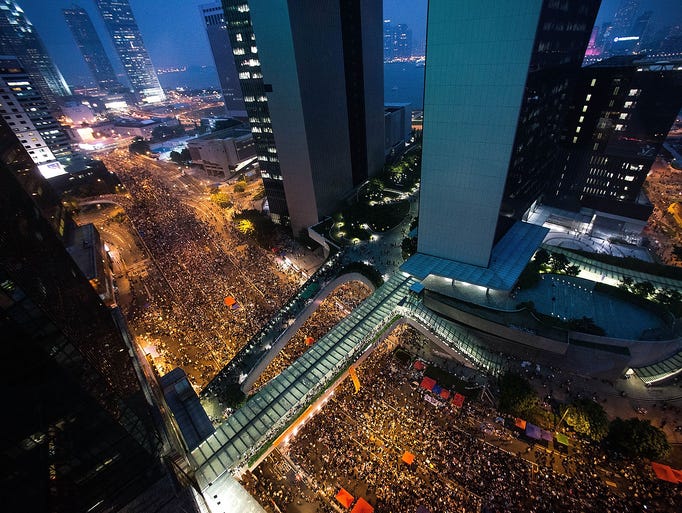BC Hydro’s new hydroelectric dam project known as “Site C” is garnering much attention from British Columbians. Although Site C will be a useful and cost effective source of power in the future, panels have said that they believe it is unnecessary to begin construction. In addition, the environmental effects have prompted both citizens and First Nations to question this project.
The First Nations People have a long history of disagreements with projects that affect their land or customs. An example would be Enbridge’s Northern Gateway Pipeline, where the First Nations adamantly refused to allow Enbridge to use Kitimat as a terminus for the pipeline. Therefore, negotiations between BC Hydro and the First Nations People will likely be unsuccessful as they will remain a firm stand on their decision.
So what does this mean for BC Hydro?
BC Hydro will need to conduct more research to find a new location on the river for the dam that will not affect the wildlife or the grounds of the First Nations, nor the Peace Canyon Dam at the end of the river. This relocation may cost BC Hydro more than its original plan.
It is true that we cannot predict whether or not we’ll need this new source of power ten years from now. However, if BC Hydro forces the project to begin construction without proper consent from the First Nations, they will be more unwilling to cooperate in the future if there is a need for joint projects between them other businesses.
Sources: First Nation chiefs to stage Site C showdown
BC First Nations challenge Northern Gateway pipeline in new court action
Site C dam best option for new energy, but BC Hydro hasn’t proven need for project now: report
Image: http://www.vancouversun.com/cms/binary/9192073.jpg



